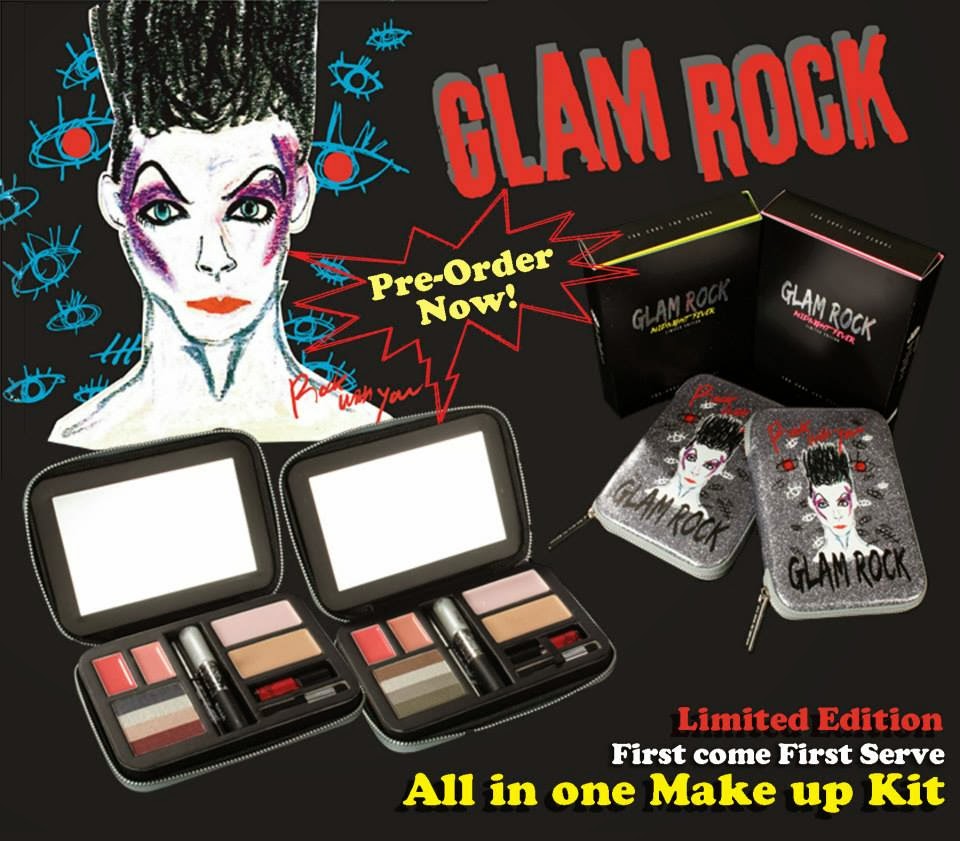I would recommend taking it in and getting it professionally setup so it not only sounds good, but is comfortable to play. You can talk to the tech and find out what gauge string would work best for you. I would assume 9s or 10s. You probably don't want to use the factory strings.
There is such a wealth of information online that it would be hard to steer you to one place. You can find printable chord charts all over the net. For now i would stick with the basic chords. (A-F) Since you like Rock music, you can also learn power chords, which are very simple.
I would suggest learning how to string and tune your guitar, and also how to read tablature/chord charts. If you take it in to get a setup, a tech can give you pointers on tuning/stringing, etc. There are also many tutorials (with pictures/videos) online showing how to string and tune. You can also get an electric tuner, which i would recommend. They aren't very expensive.
You probably also need a small practice amp, which a shop can help you find, along with the right kind of pick.
Focus on things like how to practice efficiently and productively, how to create a lesson plan for practicing, proper posture, holding the pick so it's comfortable, using a metronome and things like that.
You can Google many resources on how to start practicing properly, which is very important. If you start teaching your muscles improperly, they will get into some very bad habits.
Here are a couple of sites that give a good overview of some basics in a couple of sections. There are a million more like it, so take to Google and you will be overwhelmed with info. The second site has a printable chord chart along with a lot of other info.
http://guitarteacher.wordpress.com/
http://www.guitar-skill-builder.com/free-printable-guitar-chord-chart.html
This site may have some decent articles as well. I didn't really read them, but it's worth checking out. Just found it on a quick Google search. Again, there are tons of them out there, so just Google away.
http://practiceguitarnow.com/guitarpracticetips.html
